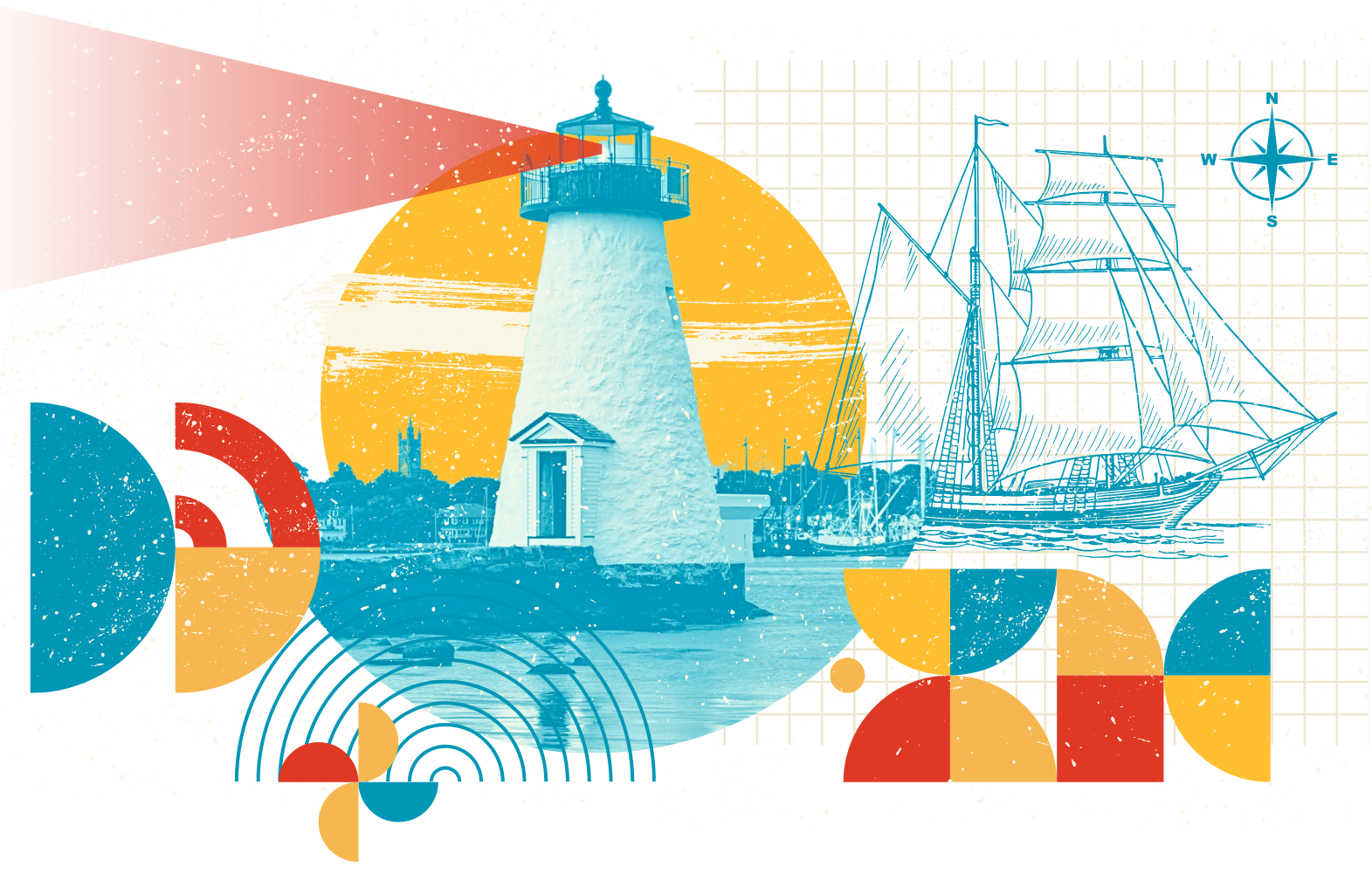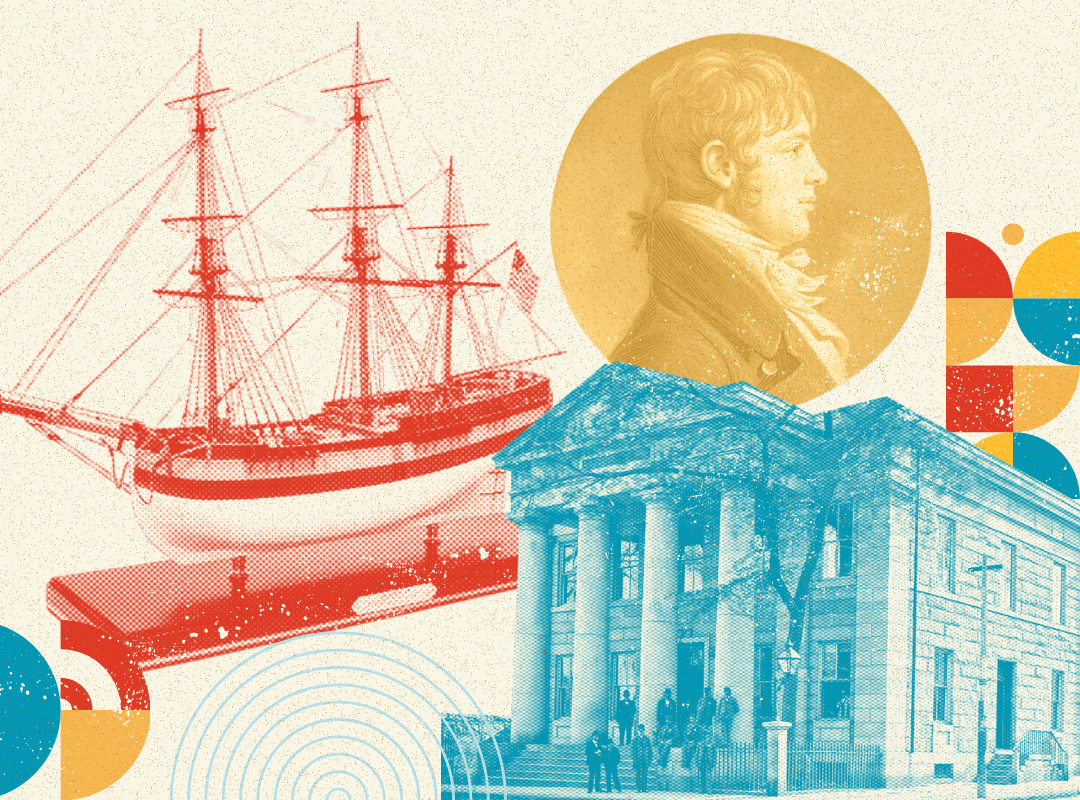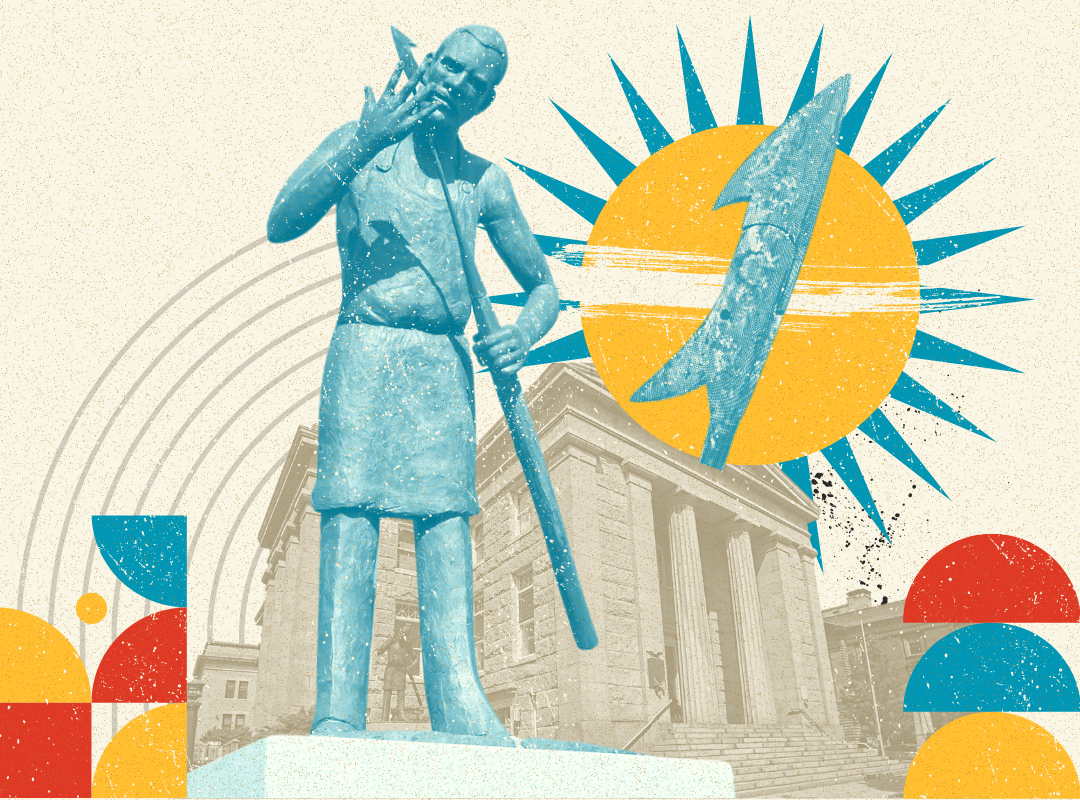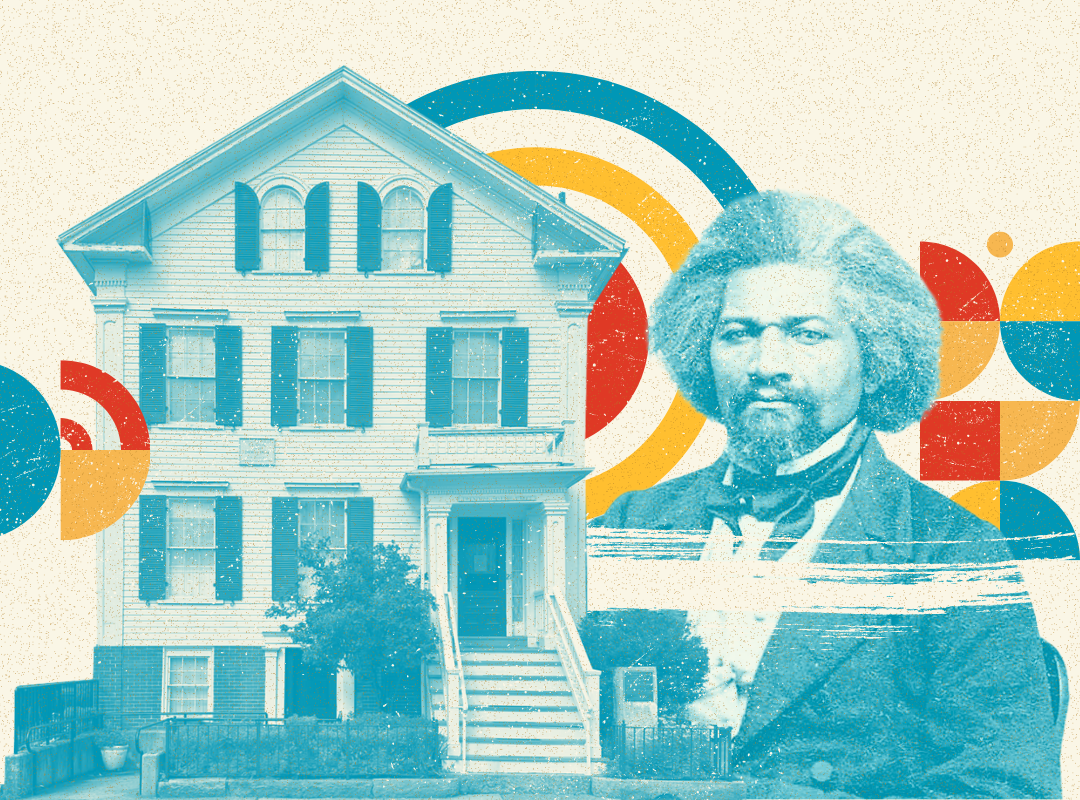Revolutionary People and Moments
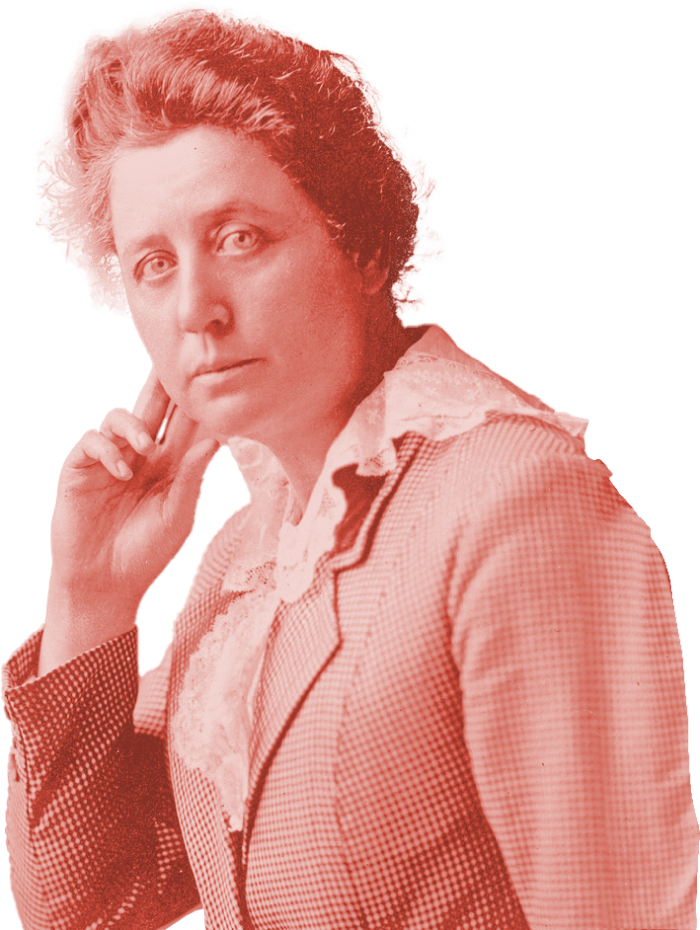
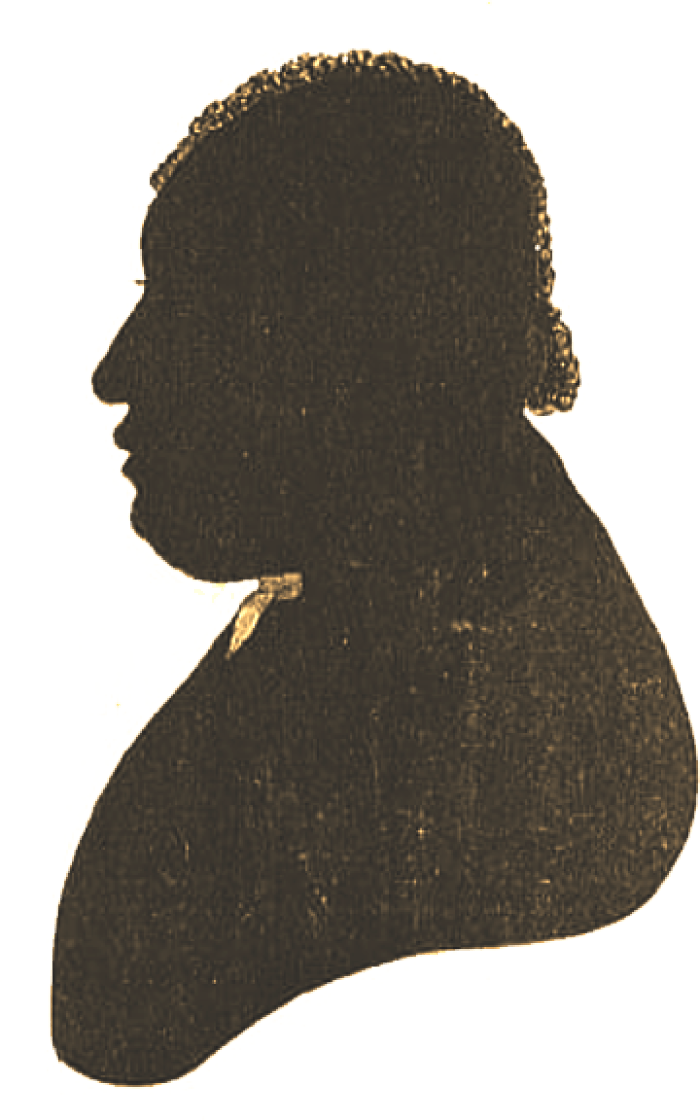
New Bedford is a city of trailblazers…
New Bedford is a city of trailblazers—bold thinkers and changemakers who throughout its history have refused to accept the status quo. From abolitionism and women’s suffrage to workers’ rights and technological breakthroughs, our people have continually shaped the course of history. Even during the Revolutionary War, when the city, then a part of Bedford Village, became a target for British forces, the residents rebuilt and bounced back stronger than ever, leading New Bedford into an era of economic prosperity through its Golden Age of Whaling. The city became a hub for activism, with organizations like The New Bedford Union Society and the Anti-Slavery Society leading the fight for justice and equality.
Today, that tradition of resiliency lives on in the community, inspiring new generations to challenge conventions and drive progress. Join us in celebrating the Visionary Voices who made history—and continue to shape the city’s legacy.
Key Moments
Grey’s Raid (1778):
British forces attacked Bedford Village (New Bedford), burning ships and infrastructure in a devastating attempt to cripple the region’s growing maritime power. Despite the destruction, the people rebuilt stronger than before, laying the foundation for New Bedford’s Golden Age of Whaling.
The Dartmouth & the Boston Tea Party (1773):
The first ship built in Bedford Village (New Bedford), The Dartmouth, was the first of the Tea Party ships to arrive at Griffin’s Wharf in Boston, carrying British East India Company Tea. Owned by the influential Rotch family, who managed all aspects of the whaling industry in Nantucket and Bedford Village in the late eighteenth century, the ship played a pivotal role in the rebellion against British taxation.
Captain Paul Cuffe’s Defiance (Revolutionary War):
Captain Paul Cuffe, a Black and Wampanoag mariner, bravely navigated a British blockade to deliver essential goods to Nantucket, defying colonial restrictions and reinforcing the maritime resilience of New Bedford.
Madeira Wine & the Declaration of Independence:
The City of New Bedford holds a special agreement with the Madeiran government which allows the import of giant casks of authentic Madeira wine for the annual Feast of the Blessed Sacrament. This historic wine was toasted at the signing of the Declaration of Independence and continues to be part of U.S. presidential inaugurations, including as recent as Barack Obama’s in 2013.
Pauline Meyer Colyar (Artist & Pioneer):
One of the youngest artists admitted to the Cincinnati Art Academy, some of Colyar’s work is housed at the New Bedford Free Public Library and is currently on special loan for the New Bedford Whaling Museum’s exhibit, “Lighting the Way: SouthCoast Women’s Lives, Labors, Loves” until May 4, 2025.
Martha Bailey Briggs (Education & Equality Advocate):
A trailblazer in education, Briggs was one of the first African American women to graduate from New Bedford High School. Beginning at a young age, she began providing education to Indigenous and Black people, realizing early on that education was essential in the fight against slavery. Briggs dedicated her life to teaching and developing teacher training programs, laying the groundwork for modern education departments in colleges and universities.
Dr. Marie Equi (Physician & Activist):
Born in New Bedford in 1872, Equi worked in textile mills before moving west and becoming the only female doctor on the Oregon Doctor Train. A fierce advocate for labor rights, women’s suffrage, and reproductive freedom, she fought tirelessly for better working conditions and access to birth control and abortions.
Eben Queppish & Wampanoag Cultural Revival:
A leader in the 1920s, Queppish helped revive and celebrate Wampanoag traditions, bringing back regalia, Pau Wau gatherings, and the use of traditional herbs. Under his leadership, his efforts helped preserve the identity of The People of the First Light.
Aurelia Benoit Lebeau (Labor Leader):
One of the first female textile union leaders in New England, Lebeau led hundreds of factory workers in the New Bedford textile strike of 1928 for better wages. She even traveled to Montreal to raise funds in support of fair wages and labor rights for workers in New Bedford.
Flora B. Peirce (Environment & Civic Leader):
In 1963, Peirce championed the creation of New Bedford’s Conservation Commission and served as its first chairperson. She played a crucial role in preserving natural spaces, advancing women’s voting rights, and supporting immigrants in gaining citizenship after World War II. The Flora B. Peirce Nature Trail was one of the commission's first projects and was named in her honor in 1973.
Mary Fernandes Santos Stanley (“Fish Mary”):
In the 1950s and ‘60s, Stanley broke barriers as the only female lumper on New Bedford’s waterfront, performing grueling labor including unloading seafood catch on and below deck and operating hydraulic winches to guide and dump baskets, work that took up to 6 or 8 hours.
Ada Woolley Sullivan:
Sullivan had a passion for mathematics and was a skilled bookkeeper. After her first husband died, she grew her wealth by “flipping” homes in New Bedford. Later, she took full charge of the Sullivan Silk Mills in 1934 after becoming New Bedford’s first woman textile mill treasurer.
Cape Verdean Video
New Bedford is home to one of the largest and longest-standing Cape Verdean communities outside of Cabo Verde. Learn why “New Bedford is the cradle of Cabo Verdean history,” according to musician and author Candida Rose.
Love Letters for New Bedford
This award winning short film is truly a love letter for New Bedford. Hear from local artists, educators, poets, journalists, authors, vocalists and the filmmaker himself on how the city inspires and supports a collaborative creative community.
Continue Your Journey Through History
Experience the Stories in Motion
Dive into our video gallery, where history comes to life through engaging storytelling and visuals.

Resources
A hub for recognizing the voices behind these stories and providing key links for deeper exploration of New Bedford’s history.
Explore the stories of individuals and events that have shaped our city's rich history and culture.
